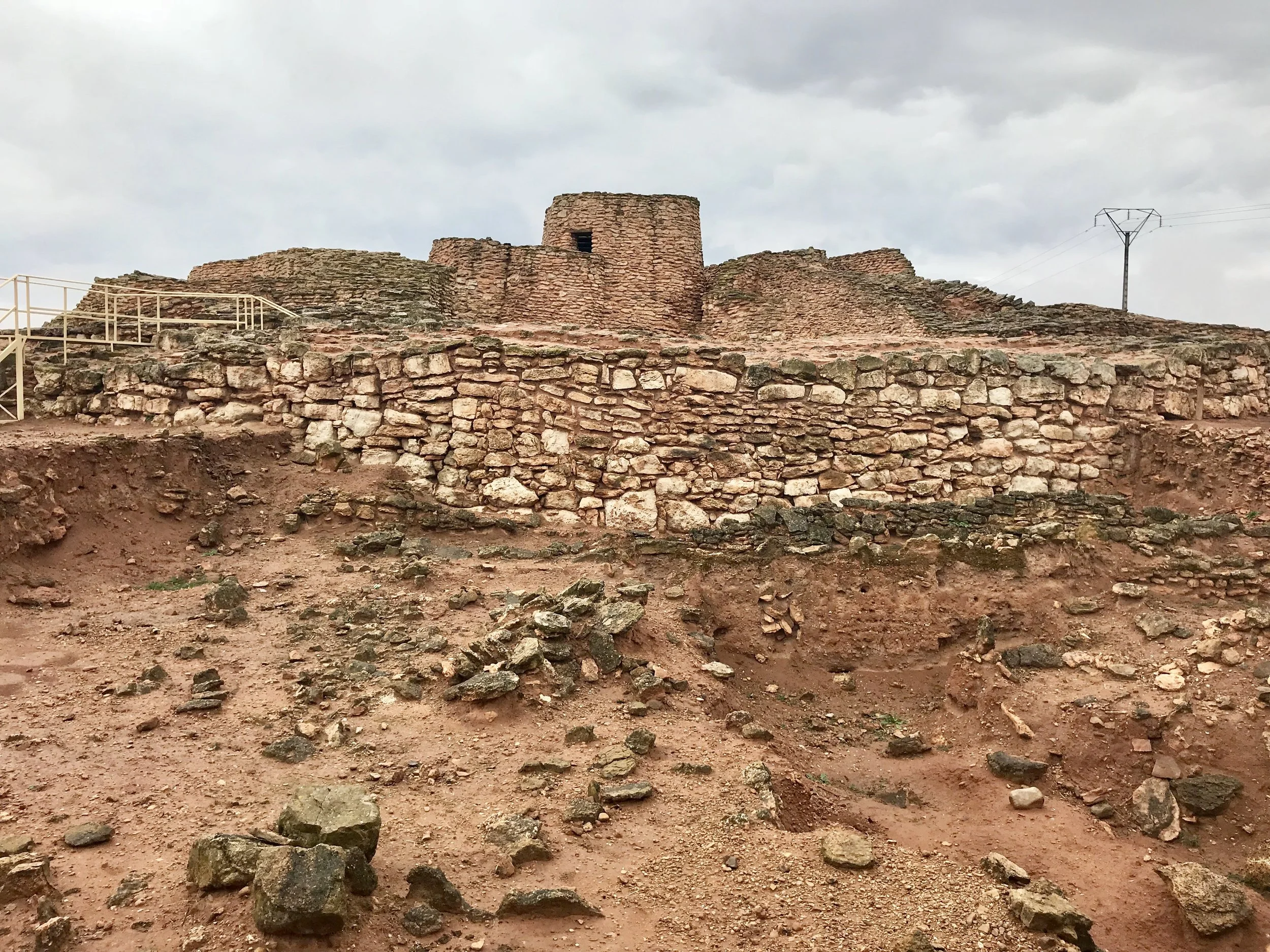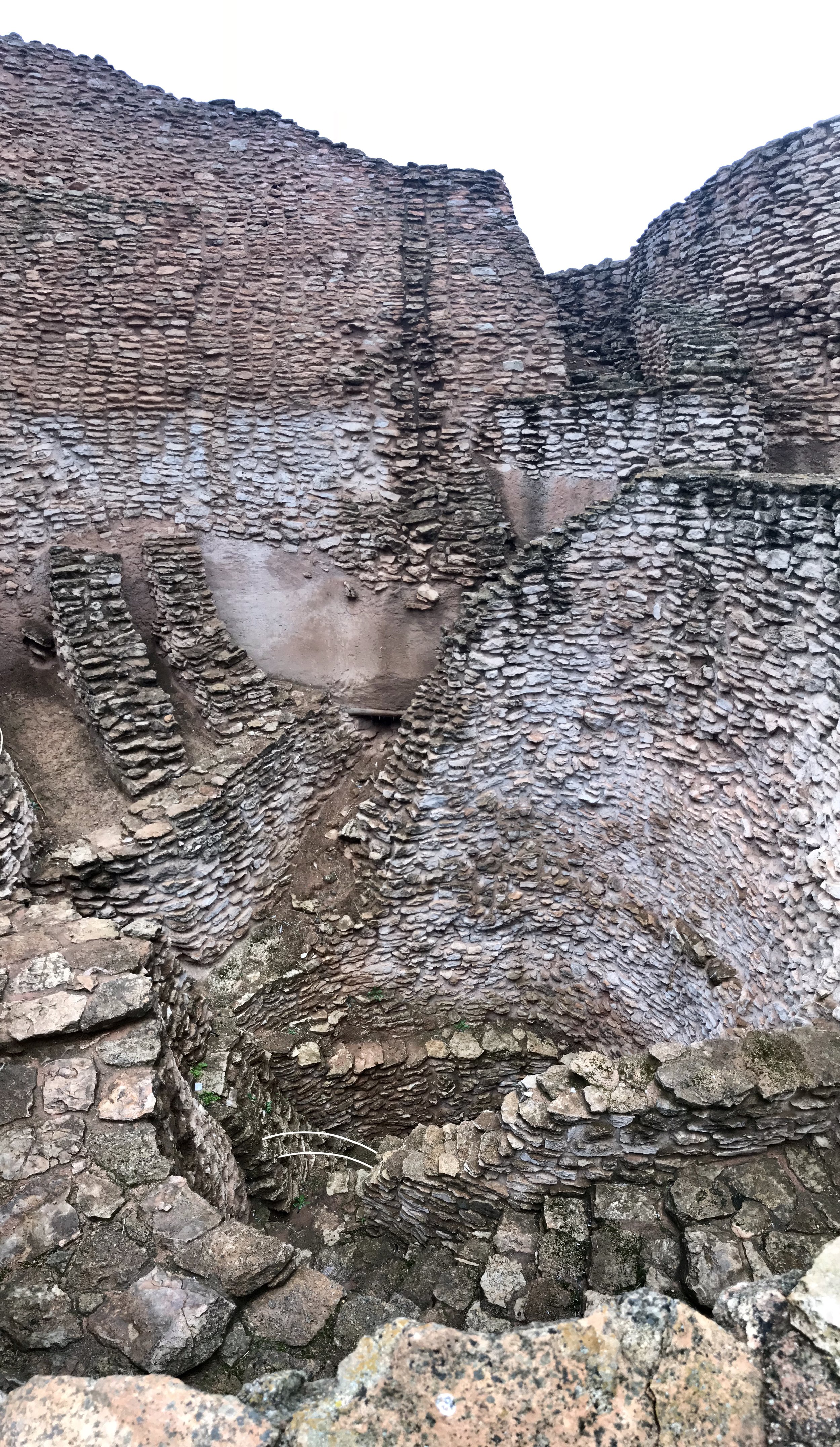Motilla del Azuer: A prehistoric fortress
This article is part of our new Map section. As our authors travel the world and we experience new places we will write about our adventures and dot them on the map.
Anthony says
When it came to grand ancient military structures in Europe there are many to choose from. From the castles and their variants to Roman fortresses and cities, Europe is diverse in ancient architecture.
It is interesting to think of the years these structures were built and the civilizations that build them. The castles are large brute structures with one purpose; defense. Built during the dark, religious, and barbaric medieval era, these castles may be captivating but are quite simplistic in design.
Rewind back one thousand years and you find the complex, civilized cities and fortresses of the Roman empire. These majestic cities can be found all across the Iberian peninsula. To think a civilization 1000 years before the medieval cities had running water and public baths is baffling.
I was convinced this was the extent of grand structures of old, but of course, I was wrong. Rewind farther back, 2000 years before the Roman empire, during prehistoric time where cave men were starting to build the first bronze weapons. In Daimiel one can find a prehistoric fortress.
This fortress is quite unique. It is a round structure made up of layers of walls that scaled up as they came closer to the center. In the center, its highest point, a tower that was used to watch over the flat land that surrounds the structure. A large well built into, or maybe build around, the fortress was used as a plentiful source of water.
In terms of prehistoric architecture, the small villages built high on mountains of the Castrexos have nothing on this. This building is one of a kind in the Iberian peninsula and few in the world. I highly recommend seeing the Motilla del Azuer if you are into ancient architectures or fortresses.
Only guided tours are allowed to go into the structure. The tour can be found at the museum in Daimiel but be advised this is a popular attraction and tickets must be purchased months ahead of time. The guide is very well done explaining the culture of the people who lived their and artifacts found before leaving the museum and walking around and in the structure.
I tried not to add to many revealing pictures but just know this structure is very old and has been heavily refurbished using the building techniques that is theorized to orginal wall builders used.









